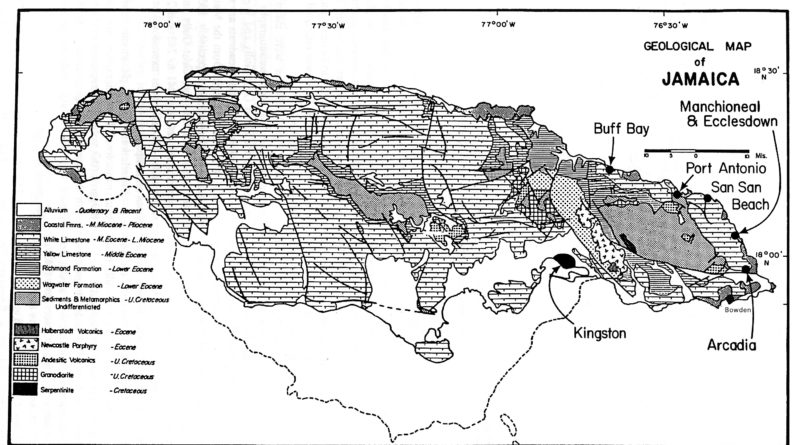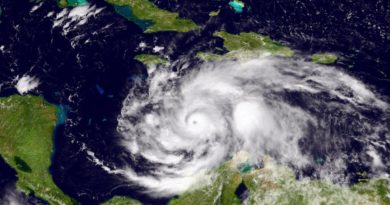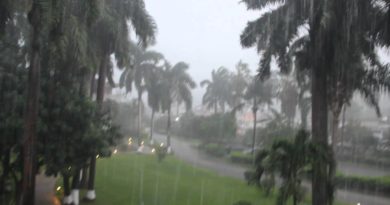Jamaica Geology
Basically, the geology of Jamaica has to do with discoveries about the structure of the land in Jamaica. Let us look at more in-depth facts about the Jamaican soil. The geology of Jamaica is surprisingly complex in view of the fact that approximately 75% of the island is covered by limestone.
A comprehensive geological survey was completed under the supervision of James Gay Sawkins in 1861. This study revealed that the Jamaican geology is of a similar composition to that of other Caribbean countries.
Quite interestingly, geologists have considered the Caribbean to be composed of the peaks of sunken mountain chain. Others however, have claimed that the islands of the Greater Antilles (Cuba, Jamaica, Hispaniola and Puerto Rico) represent the peaks of a mountain chain in the process of emerging from the sea. They also claimed that earthquakes in the region are associated with this uplift or emergence from the sea.
As a matter of fact, the island’s rise from a sea which is very deep in many places. Bartlett’s Deep for example lying between Jamaica and Cuba, descends to a depth of 21,000 feet (6400m) which is three times as deep as the height of Blue Mountain Peak.
Fossils in Jamaica
Fossils of terrestrial origin are rather infrequent in Jamaica. Remains of wood and plant stems occur in some of the Cretaceous shale. There is a layer of leaf impressions and higher plant remains at Bowden, Port Antonio.











Pingback: Jamaican Geography - About Jamaica
Pingback: Jamaican Rocks - About Jamaica
Pingback: Major Mountains in Jamaica - About Jamaica